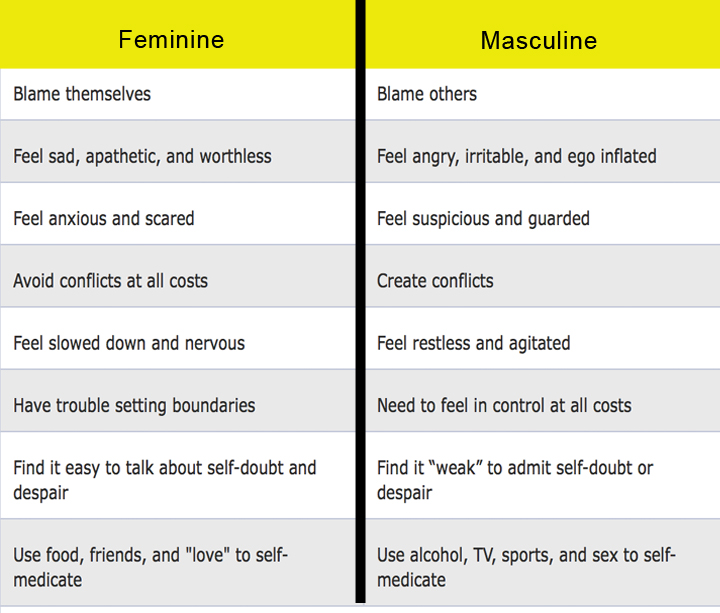
The imperative mood, which only has first-person plural and second-person singular and plural forms, usually has forms similar or identical to the corresponding ones in the present indicative.Įvery French noun has a grammatical gender, either masculine or feminine. Forms of être are also used with the past participles of transitive verbs to form the passive voice. The participle agrees with the subject when the auxiliary is être, and with a preceding direct object (if any) when the auxiliary is avoir. For most main verbs the auxiliary is (the appropriate form of) avoir ("to have"), but for reflexive verbs and certain intransitive verbs the auxiliary is a form of être ("to be"). As in English, the subject must be included (except in the imperative mood) in other words, unlike other Romance languages, French is neither a null-subject nor a pro-drop language.Īuxiliary verbs are combined with past participles of main verbs to produce compound tenses, including the compound past ( passé composé). Verbs in the finite moods (indicative, imperative, subjunctive, and conditional) are also conjugated to agree with their subjects in person (first, second, or third) and number (singular or plural). However, the simple past is rarely used in informal French, and the imperfect subjunctive is rarely used in modern French. The simple (one-word) forms are commonly referred to as the present, the simple past or preterite (past tense, perfective aspect), the imperfect (past tense, imperfective aspect), the future, the conditional, the present subjunctive, and the imperfect subjunctive.

Some of these features are combined into seven tense–aspect–mood combinations. a voice ( active, passive, or reflexive ).an aspect ( perfective or imperfective).a tense ( past, present, or future, though not all tenses can be combined with all moods).a mood ( indicative, imperative, subjunctive, conditional, infinitive, or gerundive ).Verbs in French are conjugated to reflect the following information: Case is primarily marked using word order and prepositions, while certain verb features are marked using auxiliary verbs. Nouns and most pronouns are inflected for number (singular or plural, though in most nouns the plural is pronounced the same as the singular even if spelled differently) adjectives, for number and gender (masculine or feminine) of their nouns personal pronouns and a few other pronouns, for person, number, gender, and case and verbs, for tense, aspect, mood, and the person and number of their subjects. In many respects, it is quite similar to that of the other Romance languages.įrench is a moderately inflected language. JSTOR ( April 2015) ( Learn how and when to remove this template message)įrench grammar is the set of rules by which the French language creates statements, questions and commands.Unsourced material may be challenged and removed.

Please help improve this article by adding citations to reliable sources.

This article needs additional citations for verification.


 0 kommentar(er)
0 kommentar(er)
